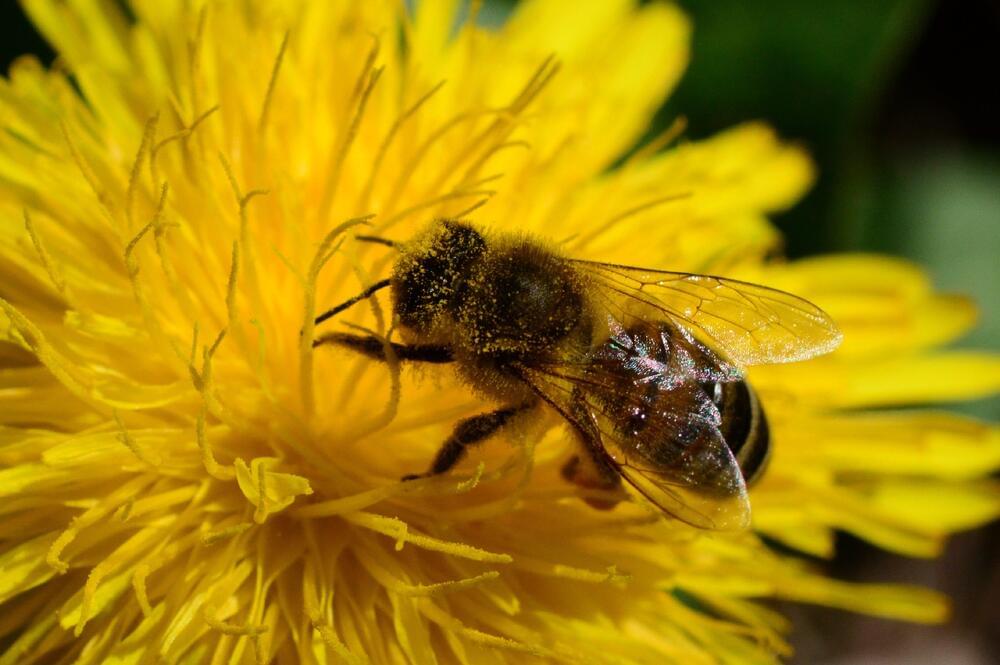Researchers at Washington State University have been monitoring challenges honeybees face for nearly 20 years, and they said this year could be one of the worst ones for the important pollinators in decades.
However, they have also been working to create robot bees to help with pollination. KCBS Radio’s Holly Quan spoke with Ryan Bena, a PhD student at the University of Southern California and co-author of the study about the project.
“Essentially we built this this robot – it’s about 95 milligrams,” he explained. “So it’s roughly the size of… an actual insect bee. And we use flapping wings. So for flapping wings to fly and control the bee, you know, fly through the air… what’s unique and sort of interesting about our particular robot is that we finally developed a way to coordinate the flapping of these four wings so that we can control the bee in every direction.”








